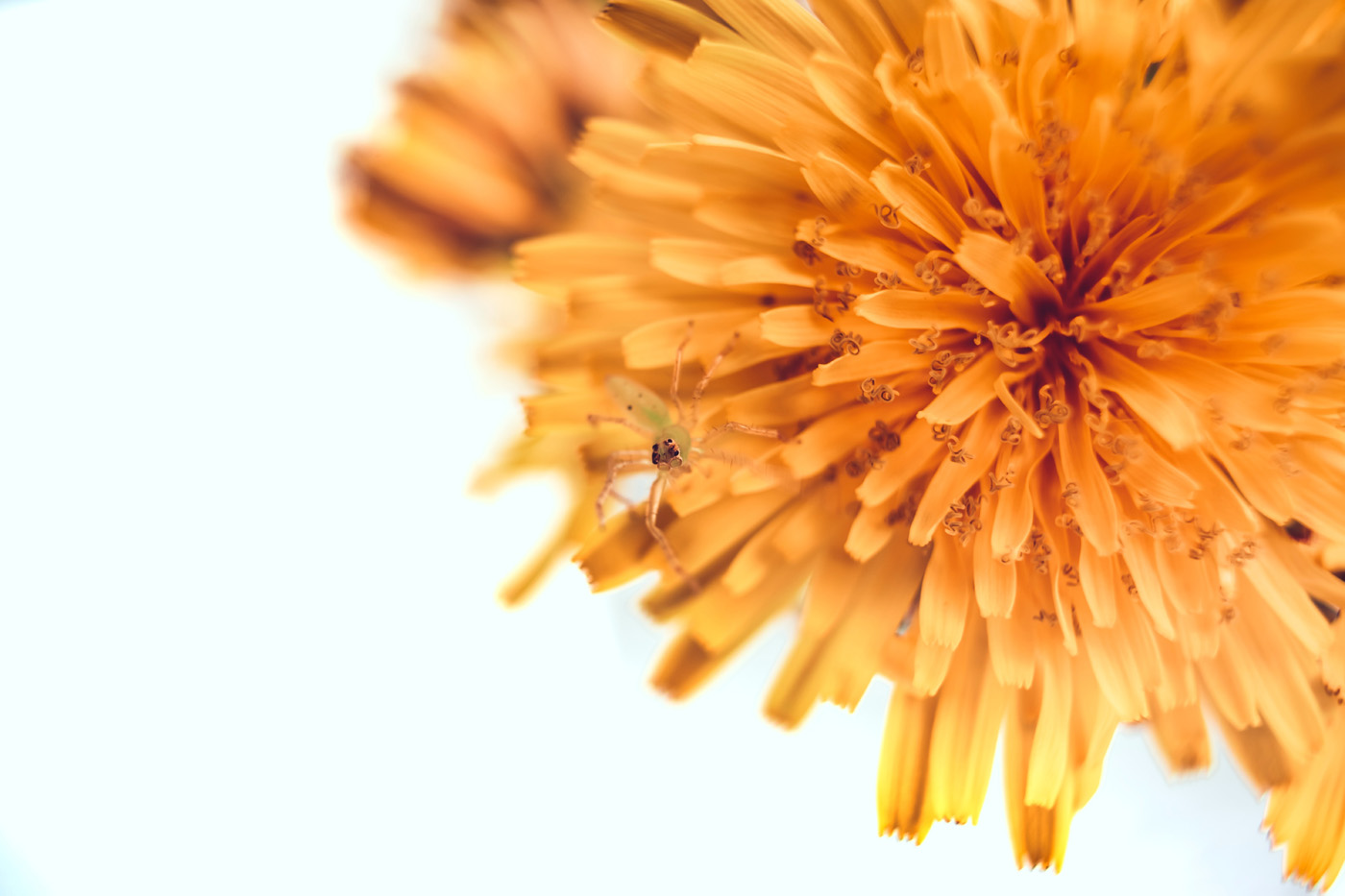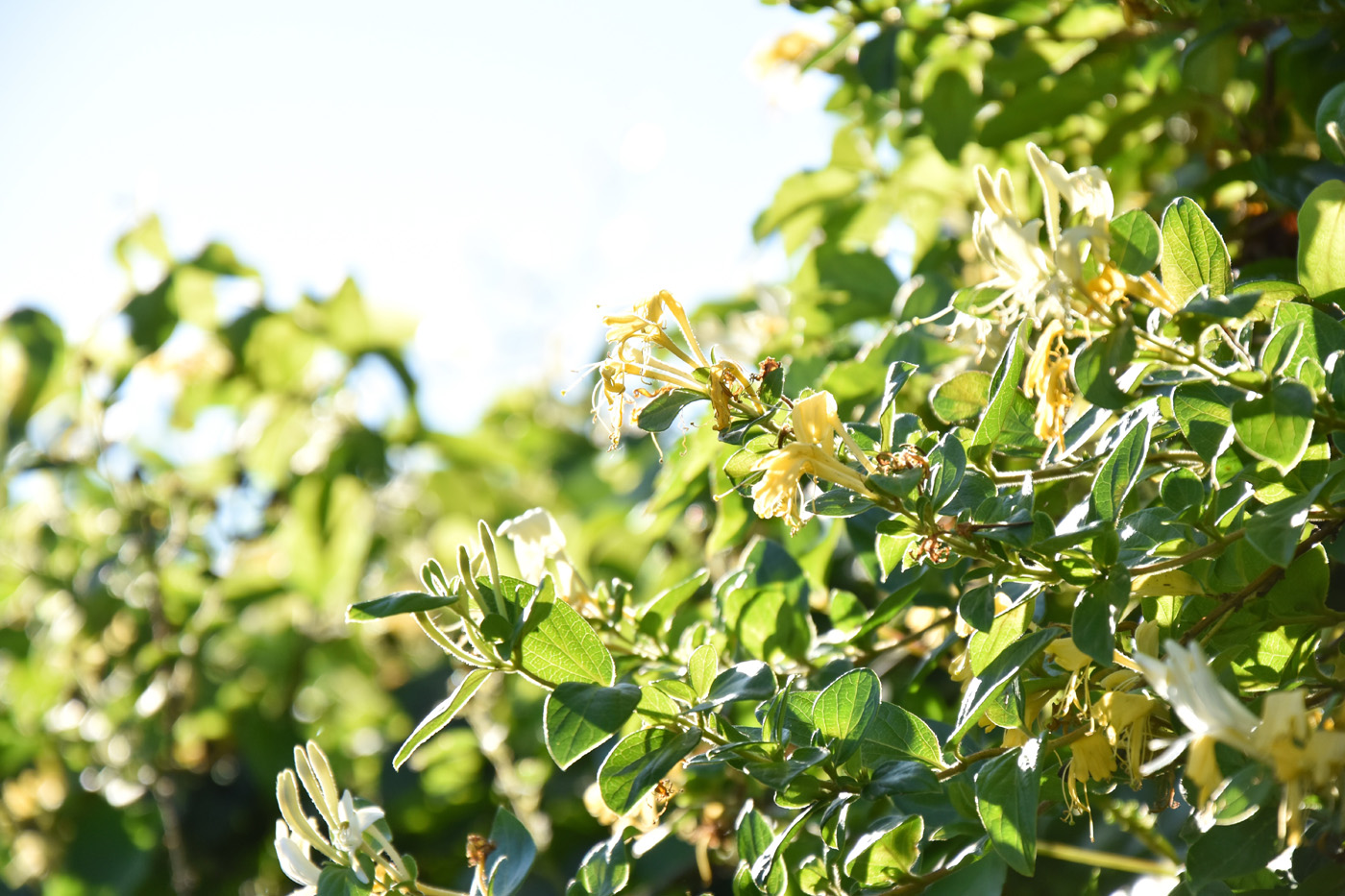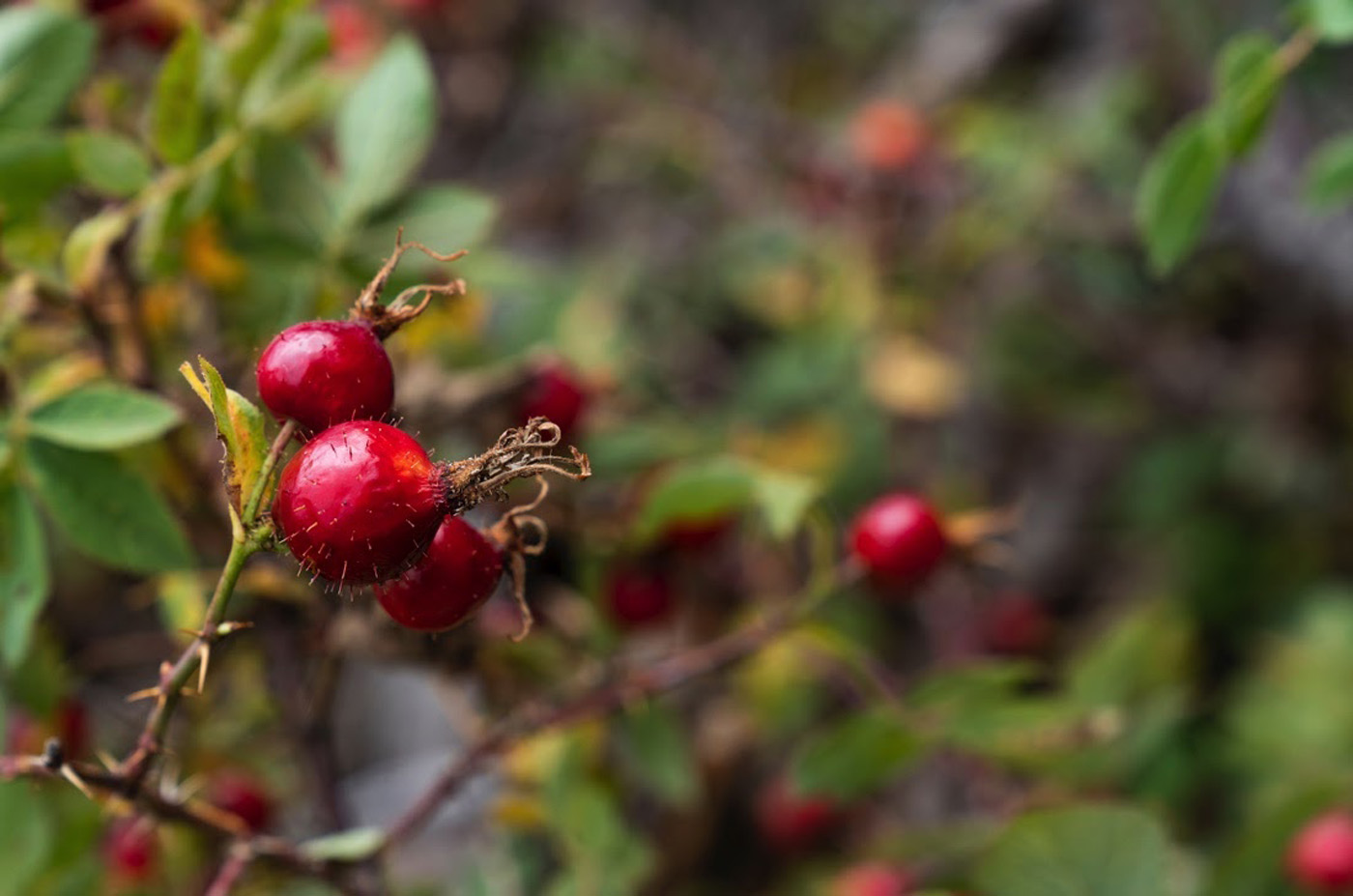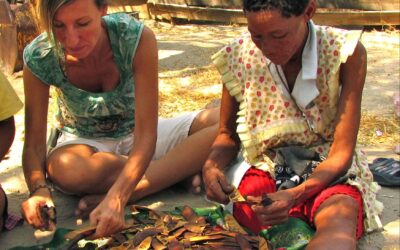These are a few of my favorite wild foods!
As I wrote in Discover the Joy of Wild foods, Foraging, and DIY Spore Prints, it’s no secret that I am incredibly enthusiastic about wild foods and foraging. It touches upon a deep, intrinsic drive within us. Not to mention you are able to delight in nature while doing it!
There is something truly magical about foraging your next meal. I don’t think there is anything better — except maybe cooking up your wild foods and enjoying them! This is why I am sharing a few of my favorite wild foods along with a bit of culinary inspiration — including a recipe from my new upcoming book, The Forager’s Guide to Wild Foods: Edible Plants, Lichens, Mushrooms, and Seaweeds.
Spring
Stinging Nettle (Urtica dioica) — With leaves emerging in February, stinging nettle is one of the first wild foods you can enjoy in the spring. The cooked leaves are a wonderful stand-in for spinach or you can fold the leaves over and eat them raw. To learn more about the many uses for this plant, have a look at Hello Stinging Nettle, Goodbye Allergies! Additionally, if you don’t have the time to forage, you can reap the medicinal benefits of stinging nettle with an easy-to-use tincture from my Apothecary. It’s a must-have for the allergy season!
Chickweed (Stellaria media) — This common backyard plant is usually mistaken for a weed, but it’s actually packed with vitamins and minerals. It also has impressive cleansing and healing properties. Keep an eye out for starting in February. It grows abundantly from spring to late autumn. Toss the greens into salads or blend into a pesto for use on fish or chicken. The edible white flowers make a nice garnish too.
Dandelion (Taraxacum officinale) — One of the most well-known wild foods that’s often right outside your door, dandelion is edible both raw and cooked. Young leaves can be used in salads or in sandwiches, while the sunny yellow flowers brighten rice dishes and omelettes. Closed buds can be pickled and make a nice caper substitute. Grind the roasted roots for a healthy, caffeine-free coffee substitute. Use the young leaves found in the center of the plant since they are less bitter than the darker outer leaves.
Wild garlic (Allium ursinum) — Leaves begin to appear in February and are best before the flowers have faded in early May. The flowers usually emerge in April. The flavor of wild garlic is more subtle than its cultivated counterpart. It can be used in soups, sauces, and pesto. It is also delicious in salads and sandwiches.
Hairy bittercress (Cardamine hirsuta) — While most gardeners look at hairy bittercress as a pesky weed, it’s edible leaves and flowers are quite delicious with a peppery tang. The leaves and flowers in the middle of the plant are an excellent substitute for watercress and work well in salads, soups, salsa, and pesto. Just make sure to wash thoroughly as they tend to pick-up grit as a low-growing plant.
Summer
Elder (Sambucus nigra ssp. caerulea) — Emerging in late May through June, elder flowers and berries are the only part of the tree that are edible. Elderberries need to be cooked or dried before consumed. Elder flowers are often used to flavor cordials, wine, tea, liqueur, and desserts. You can dip the flowers in a light batter and fry them for fitters. Learn more about this outstanding botanical in Elderberry: One of the Most Important Herbs You Can Use During the Cold & Flu Season.
Wild Honeysuckle (Lonicera periclymenum) — With an intoxicating fragrance and flavor, honeysuckle flowers work well in iced tea, sorbets, cordials, spritzers, and vinaigrettes. However, do not eat the berries as they are mildly toxic.
Pineapple Weed (Matricaria discoidea) — Otherwise known as wild chamomile, this plant smells and tastes strongly of sweet pineapple. Use the flower heads as a lovely herbal tea or tossed into salads. It is also a delightful herb to nibble on while out walking.
Wild Rose (Rosa acicularis ) — The edible petals are slightly fruity in flavor and make a beautiful addition to salads, syrups, or jams (see “Fall” section below for rosehips).
Yarrow (Achillea millefolium) — A popular vegetable in the 17th century, yarrow is traditionally used to stem bleeding from wounds, to lower fevers, and as an antibiotic. The flavor is somewhat sweet, medicinal, and slightly bitter. Use the young leaves for salads, cooked in soups, or sautéed like spinach. Additionally, you can dry the leaves and use them as a herbal seasoning. A convenient Yarrow tincture is also available in my Apothecary.
Fall and Winter
Acorns — While acorns are nutritious and versatile, they need to be fully ripe and leached of toxic tannins before consumption. It’s important to note that acorns are poisonous to horses, cattle, and dogs. To leach the tannins, shell the acorns and soak in hot or cold water. Once the water turns brown, strain and then add fresh water. Repeat the process until the water remains clear after soaking. Once leached and dried, the acorns can be ground into flour for cookies, bread, pancakes, and other baked goods.
Chanterelle Mushrooms (Cantharellus cibarius) — Golden colored and trumpet shaped, this gorgeous woodland mushroom smells faintly of apricots and has a somewhat fruity taste. Sauté in a bit of olive oil or butter and dry white wine, then toss with pasta or add to risotto.
Crab Apple (Malus coronaria) — Tiny and green with a pink or yellow blush, the fruit of the crab apple tree is famously known for its intensely tart flavor. Because the apples have a high pectin and acid content, they are ideal for making jams and jellies.
Hawthorn (Crataegus monogyna) — The bright red berries of the hawthorn plant are best cooked and can be made into jams, vinegars, and liqueurs.
Wild Hazelnut (Corylus cornuta) — Most hazelnuts ripen between September and October. To use, roast the nuts and remove the outer skin by rubbing them with a tea towel. You can chop the nuts and toss into salads or rice pilafs. When ground the nuts lend a wonderfully distinct flavor to baked goods. You can also blend wild hazelnuts in a food processor for a creamy nut butter.
Pinenut (Pinyon Pine, Pinus edulis) — Found within pinecones, you can shake an open cone to collect the nuts. If the cone is closed, place it by a fireplace for a few days until it opens. Toast the nuts gently over low heat for the best flavor. They can be added to salads or blended into pesto.
Rosehips (Rosa canina) — A striking red color, rosehips are oval in shape and frequently used in wines and jams. The hips can be made into a sweet syrup for use over ices, pancakes, or ice cream. Rosehips tea sweetened with honey is also a popular preparation.
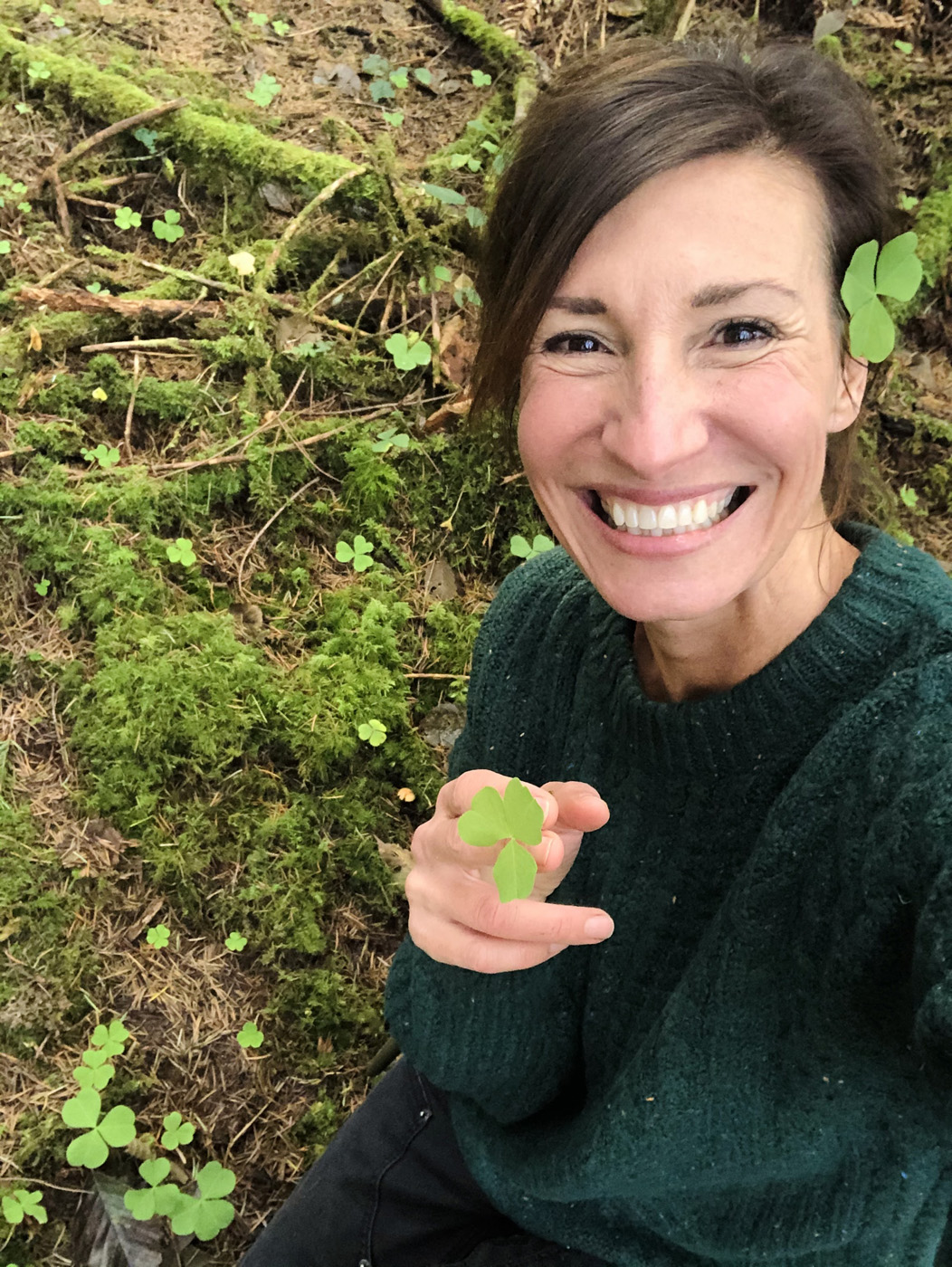
A Wild Food Recipe From My Upcoming Book
I would like to leave you with one of my favorite recipes from my upcoming book, The Forager’s Guide to Wild Foods: Edible Plants, Lichens, Mushrooms, and Seaweeds. Enjoy!
Stuffed Trout Wrapped with Skunk Cabbage Leaves: Stuff your fresh-caught trout with Wood Sorrel (Oxalis) leaves, then wrap it completely in Skunk Cabbage leaves. Place near coals until cooked. Unwrap and the Skunk Cabbage will have retained the trout’s moisture. The sweet-sour lemony flavor of the wood sorrel really makes the fish pop. Salt as needed. Delicious!
Nicole Apelian


